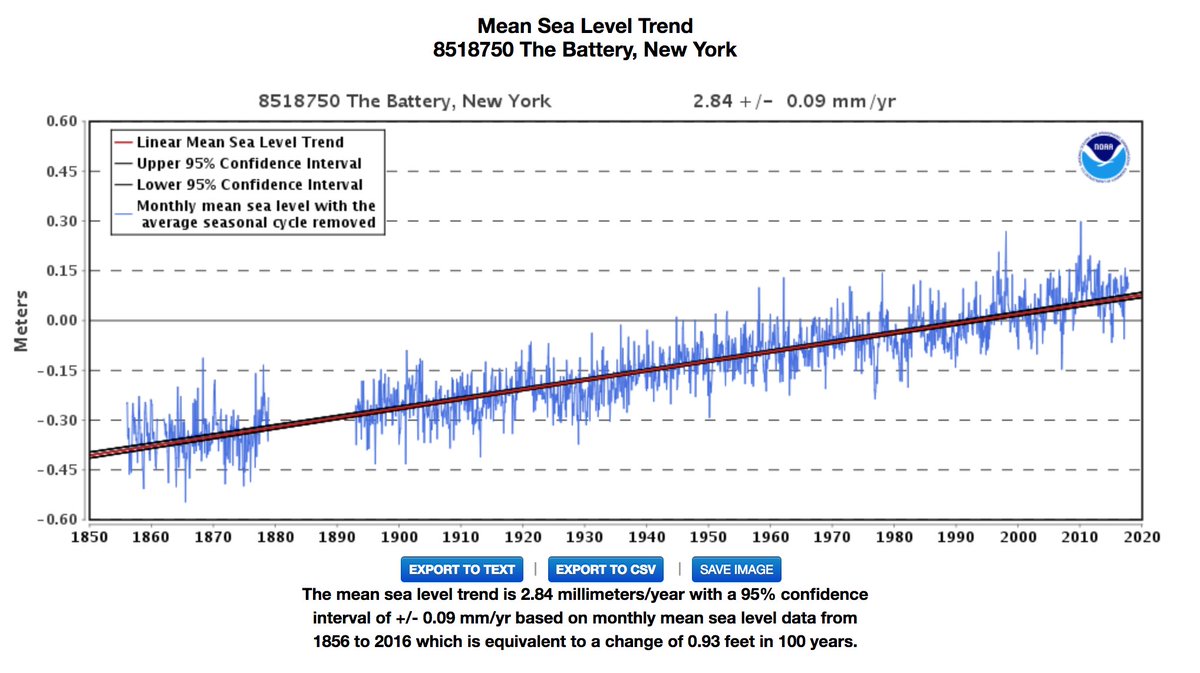Treat women with respect
It was once normal courtesy and gentlemanliness to treat women with respect and conservatives still have some tendency to do so. Feminists too demand respect for women but rarely do anything to inspire or earn it.
For those of us who follow the news closely, there has been the unpleasant experience of reading about a date between a monkey-like man named Ansari and a pseudonymous woman named Grace.
The initial reaction to the story about that encounter told by Grace was condemnatory. Mr Ansari pushed himself unforgiveably on her. Subsequent comments however have been exculpatory of Mr Ansari. He stopped when he was formally told to so that is OK.
I am the last one to sympathize with feminist complaints and I accept that any comment on the encounter is approaching the limits of the absurd if one does not know the participants concerned -- but I do strongly disapprove of the actions of Mr Ansari. His actions may, I suspect, have been fairly mainstream but that is in my view no praise of them.
I am of the painfully old-fashioned view that women should always be treated with respect, even if they are not paragons of virtue. And I have been married 4 times so maybe I am qualified to have a view of such matters. I even came of age in the licentious sixties so that may be an additional qualification.
So I have experienced many occasions on which a rapport seemed evident between myself and a woman. And such a rapport is a very valuable thing that must be left to develop in its own way and at its own pace. And if it does end up in bed that is the most natural thing with no need for pressure of any sort. In that context the behavior of Mr Ansari was simply ugly. That it may also be common is saddening. For balance, I append below a defence of Mr Ansari by a conservative female columnist:
A young woman approaches a famous comedian at the 2017 Emmy Awards after-party in Los Angeles. The young photographer is excited to meet him, they chat, talk photography, take a few pictures of each other, then she returns to the dance floor with her date. Later in the evening she gives the comedian her number.
That week they exchange a few flirty texts and then agree to meet. She runs various outfits by her girlfriends and settles on a tank top and jeans. The young woman and the comedian meet up, have a few drinks and later that evening they have bad sex on his kitchen counter. And then she outs him in the media, humiliates and destroys him because the sex wasn’t romantic and the man wasn’t Prince Charming. Good grief.
This isn’t female empowerment. This is girl power gone badly wrong. The sexual revolution has given women access to sex and men on demand; it doesn’t guarantee that sex will be great or that men will be romantic. Tinder is not called Tender for a reason. The sexual revolution delivered us the ability to avoid pregnancy when we don’t want to have a baby and, if we don’t want sex, the right to say no. Or to swipe left.
This angry 23-year-old woman, who has chosen to remain anonymous while naming the comedian as 34-year-old Aziz Ansari, had chance after chance that warm evening in September last year to say no to his advances.
Ansari wasn’t coy about his desire. They drank, they kissed. She performed oral sex on him; he performed oral sex on her. She didn’t like what he did with his fingers. But she stayed. He asked her how she wanted to have sex. She didn’t say, ‘Hey, I’m not into this, I’m leaving.’ She didn’t say, ‘Hey, this isn’t what I want after all.’
She stayed. And then she told the world she was uncomfortable with his behaviour, he wasn’t very good at sex and she felt violated.
She says he didn’t read her cues that she wanted something more from the night than his desire for hot, fast sex. This week the young woman spoke to Babe.net, a feminist website “for girls who don’t give a f..k”. She decided on a graphic expose of “the worst night of my life” after the comedian won best actor for his Netflix show Master of None at the Golden Globes last weekend. On the red carpet, Ansari wore a “Time’s Up” pin and said he supported the fight against sexual assault and harassment. For that, in her mind, he deserved to be outed as a lousy lay and an even worse mind-reader.
Babe.net gave Ansari’s anonymous accuser the fictional name Grace. So let’s do the same. Grace told Babe.net that Ansari texted her the next evening saying: “It was fun meeting you last night.” And she replied: “Last night might’ve been fun for you, but it wasn’t for me … You ignored clear non-verbal cues; you kept going with advances.”
“I’m so sad to hear this,” he responded. “Clearly, I misread things in the moment and I’m truly sorry.”
The problem for Grace is she didn’t leave his apartment when she worked out that the night wasn’t the start of a grand romance. She stayed. They watched an episode of Seinfeld on the couch. When he suggested she perform oral sex on him again, she did. No wonder Ansari continued with his advances.
Before she left, she said: “You guys are all the same, you guys are all the f..king same.” She could have left it at that. Or left it at her last text message to him.
If Grace’s other sexual encounters are the same, she needs to ask how is a man meant to know what she’s thinking when she doesn’t make it clear to him? When Ansari didn’t turn out to be Mr Darcy, Grace expected him to be capable of reading her mind. That’s a big enough ask and rather tricky when you’re not sure what’s in your own mind.
Grace could have spent more time getting to know Ansari before getting naked. The idea that sex on a first date would be some magical match of sexual desires between two people who don’t know each other is plain dumb on Grace’s part.
And her whining about bad sex is downright dangerous. Not just for Ansari, who has been humiliated, his reputation being destroyed. Grace’s public shaming of Ansari is dangerous for other men too as they try to discern the unspoken words of a woman’s mind. Didn’t the sexual revolution teach women to speak up, take control, rather than give non-verbal cues?
Claims that Grace relenting is not Grace consenting may sound terribly clever in a women’s studies class but it makes no sense in the real world of sex, or life. Consent is not a checklist done before two people strip naked and then at each stage of sex. All of us relent in so many ways, every day, sometimes about sex, or at work, or negotiating with headstrong children. Relenting can often mean consenting. It’s just a slower way of getting there. When is a bloke meant to know when it’s not consent if we don’t speak up?
Grace’s problem is she can’t accept that her evening of bad sex has no more meaning than just that. It’s like a dud meal in a good restaurant, or a new pair of shoes that look great at first sight but don’t fit as well when you wear them out. It’s like a visit to the hairdresser that doesn’t pan out as expected. That’s all.
In 2009 Lily Allen sang about a bloke who treats her with respect, loves her all the time, calls her 15 times a day, “but there’s just one thing that’s getting in the way, when we go up to bed you’re just no good”.
“It’s not fair,’ sang Allen, “you never make me scream, you never make me scream.”
Complaining about bad sex should have stopped at a funny song. Grace’s clawing need to make her rotten date part of the #MeToo movement is especially dangerous to real victims, women who have been sexually abused, women who have been raped. She disrespects and devalues them.
Sadly, Grace isn’t the first to cheapen the #MeToo cause. Last month a 3000-word piece of fiction in The New Yorker went viral. Cat Person by Kristen Roupenian tells the story of 20-year-old Margot, a college student who flirts with 34-year-old Robert as she serves him popcorn at a movie theatre. They swap numbers, then some flirty texts where both try to be something they’re not. Robert pretends to own a couple of cats because that’s what girls like. Margot tries to be a sweet young thing so as not to scare him off. They go on a date, Margot drinks three beers and takes a swig of whisky and still Robert doesn’t rush things. Much to her chagrin. When they finally have sex, she’s repulsed by his weight, and the sex is disappointing. She doesn’t pull away, because that would require “tact and gentleness that she felt was impossible to summon”. In the days that follow Robert tries to understand where he went wrong, and Margot blows him off in a text.
Cat Person comes with a sting with Robert’s last text to Margot: “whore”. The more potent sting came when a neat piece of fiction about two flawed characters was elevated into revolutionary feminist art by millions of women eager to wage war on Robert.
The reaction to Cat Person is a peek into Western feminism’s fatal flaw: its obsession with the most trivial travails of dating. Here’s a summary: Cat Person is “the story of the year”, it’s “the next step in the #MeToo movement”, a “major cultural touchstone” for women by tapping into our “inner monologue”. It speaks “truth to power”. It is “the most gut-wrenching relatable content I’ve ever read”. Some girls need to get out more.
It’s true that Cat Person captures a lived experience for some. One rainy day last June, a young woman I know bumped umbrellas on a busy city street with a young man she didn’t know. He asked for her number and she gave it to him, more out of awkwardness than interest. He texted her a few days later suggesting a drink. She didn’t respond. He texted again, “will I be seeing you again?” When she didn’t respond again, he texted: “I guess not cause you are a bitch.”
That drew a response from the young woman: “woah, mate, you have no idea what’s going on in my life, I’m simply not in a position to do the whole going out on a date thing. Always act with kindness. x”
The young man started texting again: “When I stopped you on the street it’s not only cause you’re pretty, I’d like to get to know you.” When she didn’t respond, he wrote, “seeing as I can’t have you, can I ask you a question.” Eight minutes later, like the fictional Robert in Cat Person, the young man asked: “What am I doing wrong?”
These two might have followed Margot and Robert — gone on a date, had crummy sex. And so what? Alas, it was inevitable that a fine piece of fiction from The New Yorker last December would become real life, if not this week, then next week. Not just because this stuff happens between men and women, wires get crossed, expectations are often dashed for one or the other. But because the #MeToo movement was always destined to go off the rails of credibility by including silly claims that sully the serious ones.
If complaining about bad sex is the next step in the #MeToo movement, god help us all. It’s not, as some claim, overdue justice to shame a bloke for being bad in bed. It’s not, as others claim, a correction of power when millions of women coalesce on Facebook to support a fictional Margot or a real-life Grace by humiliating a young man for not being a mind-reader. It’s not a worthy form of feminism when guilt is determined by those who shout the loudest on social media platforms. If feminism has settled on this as the new battleground to bring men to heel, then the women’s lib movement is officially out of ideas.
Earlier this month, as millions of young Western women were inhaling the injustice of Margot’s treatment in Cat Person, just as they are rallying behind Grace this week, another young woman stood on a real-life platform in a Tehran street and removed her hijab, protesting against Iran’s treatment of women.
Her target is real injustice, her act one of real girl power.
SOURCE
 --
-- 


